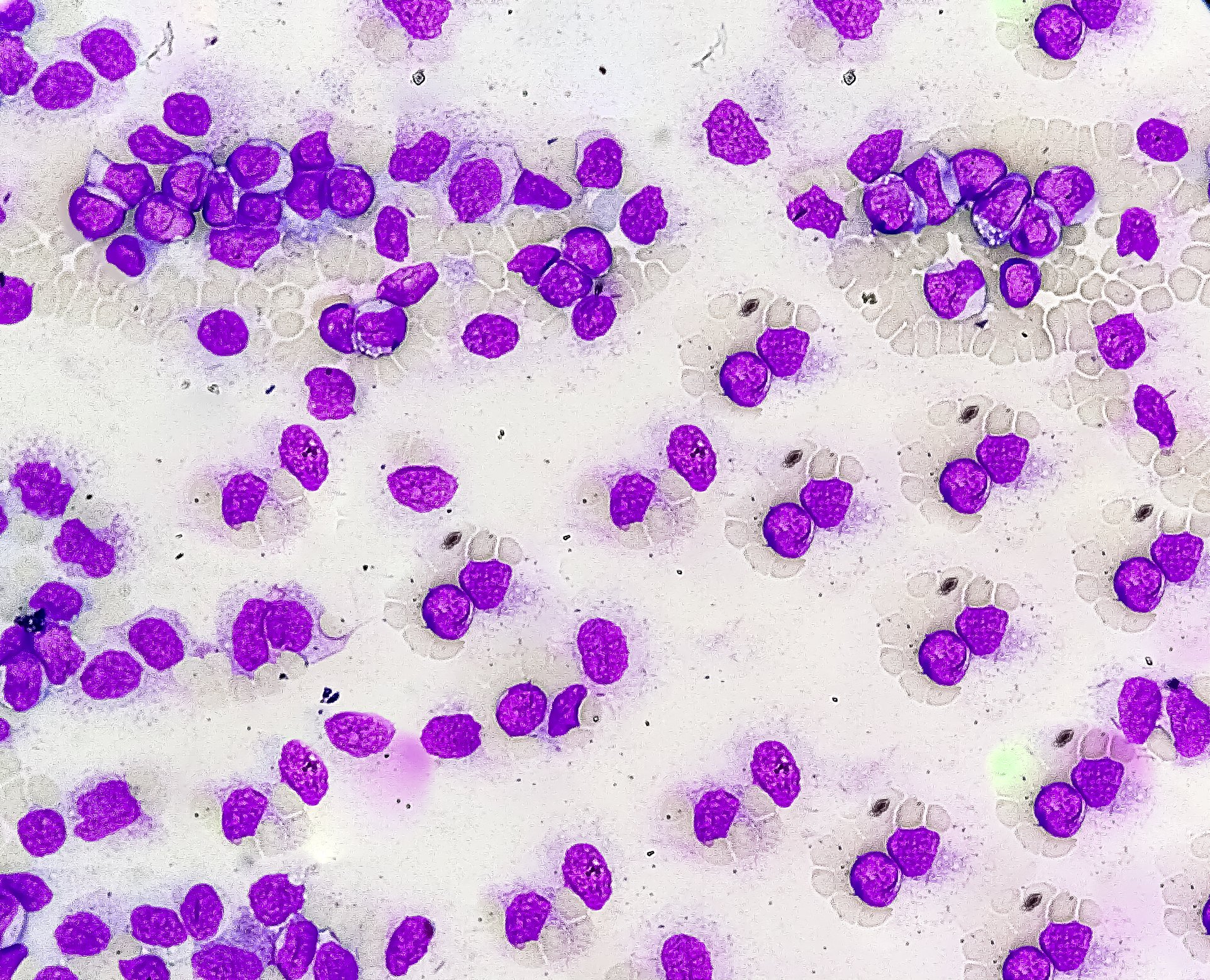If Parkinson’s disease is suspected, the patient should be referred to a neurologist for diagnosis and, if necessary, initiation of therapy. In younger patients, dopaminergic therapy begins with dopamine agonists. In case of inadequate response, levodopa is included in the therapy. In elderly or even multimorbid patients, therapy is started with levodopa. Concomitant symptoms such as psychiatric and cognitive complaints or autonomic dysfunction are common in practice and should be specifically monitored and treated as needed.
Idiopathic Parkinson’s disease is one of the most common neurological disorders. Parkinson’s syndrome occurs preferentially in older age and currently affects about 15,000 people in Switzerland. Due to the increasing life expectancy of the population, the number of people affected is steadily increasing and, accordingly, the therapy of this disease is increasingly coming to the forefront of general interest.
What is the current Parkinson’s therapy?
Diagnosis is the first step before therapy. This is not easy, especially at the beginning of the disease, where differential diagnosis of similar diseases with different prognosis and treatment are possible. Therefore, if a diagnosis is suspected, it is recommended to consult with a neurologist, who should also initiate treatment. For the diagnosis of idiopathic PD, at least two of the four cardinal symptoms rigor, tremor, akinesia, and postural instability must be met, one of which should be akinesia. Postural instability usually occurs in the late stages of the disease.
Parkinson’s therapy remains symptomatic. A causal therapy has not yet been found. According to the treatment guidelines published in July 2014, which were developed by the working group of the Swiss Neurological Society, current drug therapy is based on three main treatment principles [1]:
- Increase dopamine levels by administration of the dopamine precursor L-DOPA with a peripherally acting decarboxylase inhibitor,
- Activation of dopamine receptors by dopamine agonists.
- Inhibition of central dopamine degradation by administration of MAO-B and catecholamine O-methyl transferase (COMT) inhibitors.
The therapy strategy depends on whether the disease is in the early or late stage.
Parkinson therapy in the early stage
To date, no sufficient evidence of a neuroprotective effect of drug therapy has been demonstrated. It is important not to wait too long before starting dopaminergic treatment, especially since the best therapeutic results can be achieved in the early phase of the disease. Long-term problems with the disease cannot be prevented by starting treatment late. Rather, by delaying the start of therapy, there is a risk of shortening the duration of the “honey moon phase” in which symptoms are well controlled by medication without the occurrence of undesirable side effects. The most important goal overall is to achieve an improvement in quality of life and activities of daily living (ADL).
The mainstays of therapy are levodopa (which is always given together with a decarboxylase inhibitor) and/or dopamine agonists. In young patients (younger than 70 years), it is recommended to start with a dopamine agonist, as it has been shown that patients treated first with a dopamine agonist had a later onset of dyskinesia compared with L-DOPA [2]. However, over the long-term, there is no significant difference in quality of life between patients initially treated with L-DOPA or a dopamine agonist [3].
When initiating therapy, it should be noted that dopamine agonists are less effective than L-DOPA. Dopamine agonists are associated with more side effects overall and, accordingly, must be up-titrated over a longer period of time due to tolerability. Relevant side effects are nausea, orthostatic dysregulation and, in particular, excessive daytime sleepiness, which must be pointed out to patients before the start of therapy, as the sleepiness can have relevant effects on driving ability. In addition, impulse control disorders may occur during therapy with dopamine agonists, e.g., pathological eating behavior, hypersexuality, gambling addiction, or pathological shopping behavior. The impulse control disorders can have serious consequences for the patients’ professional, personal and social circumstances, so one should pay close attention to it in the practice and specifically ask the patients about it. In the case of an inadequate response to a dopamine agonist, it is recommended to supplement the medication with L-DOPA (Fig. 1).

In general, L-DOPA is the first-line therapy for elderly patients. Almost all Parkinson’s patients require L-DOPA during the course of their disease. Occasionally, in some cases, an anticholinergic may be considered in younger patients in whom tremor is prominent or who respond inadequately to previous dopaminergic therapy. Rasagiline, an MAO-B inhibitor, can be used as initial therapy in patients with mild motor symptoms of Parkinson’s disease.
Late stage Parkinson’s therapy
In the late stage, when the ability of the nerve cells to store dopamine decreases, the dreaded effect fluctuations and dyskinesias occur. The therapeutic challenge here is to administer the drugs as continuously as possible and in the required dosage. If the dosage is too high, there is a risk of dyskinesia; if the dosage is too low, there is a risk for an increase in symptoms before the next dose of medication. There are several therapeutic strategies to mitigate the effect fluctuations:
- Administration of sustained-release L-DOPA formulations (e.g., Sinemet CR®, Madopar DR®) for morning and nighttime movement blockages (“offs”).
- Additional use of a COMT inhibitor: first entacapone, if insufficient effect switch to the more potent tolcapone (Tasmar®)
- Co-administration of L-DOPA and dopamine agonist.
- Additional administration of an MAO inhibitor
- Shortening the intake interval of L-DOPA.
The therapeutic strategy for dyskinesia is to reduce dopaminergic medication. In addition, amantadine can be given, but the effect is mostly temporary (about one year).
If these measures do not lead to a satisfactory improvement of the effect fluctuations or dyskinesias, deep brain stimulation or also continuous dopaminergic stimulation by means of an apomorphine pump or L-DOPA administration via a duodenal tube (Duodopa®) can be considered as effective therapy options.
Deep brain stimulation is an effective therapy for patients with dyskinesias, motor fluctuations, and also tremors that respond inadequately to medication. Especially in younger patients, it tends to be recommended to perform deep brain stimulation rather early, at the onset of effect fluctuations [4]. In the late phase of the disease, care and evaluation regarding different therapy options by an interdisciplinary team (family doctor, neurologist, neurosurgeon, neuropsychologist, psychiatrist, physiotherapist and speech therapist) is also essential.
Psychiatric symptoms
Approximately 30-50% of patients with PD suffer from depression [2]. This can manifest before motor symptoms, as can REM sleep behavior disorder and hyposmia. Depressive symptoms may improve after taking a dopamine agonist (e.g., pramipexole). However, if it is necessary to take an antidepressant, selective serotonin reuptake inhibitors (SSRIs) and serotonin-norepinephrine reuptake inhibitors (SNRIs) are recommended because they do not cause motor deterioration. Tricyclic antidepressants are often more effective but have a less favorable side effect profile.
Hallucinations and psychosis can vary widely, from nondisturbing visual hallucinations to psychotic states with marked hallucinations and delusions. In this case, the first recommendation is to adjust the dopaminergic medication: switch from dopamine agonists to L-DOPA and stop all medications with an anticholinergic effect. However, if antipsychotic medication is necessary, the only option is to take the atypical neuroleptics quetiapine (Seroquel®) and clozapine (Leponex®). All other neuroleptics, including metoclopramide (Primperan®) as an antiemetic, are contraindicated in PD patients.
Cognitive complaints
Dementia is a major problem as the disease progresses, especially for family caregivers and caregivers. Cognitive impairment is often the main reason that leads to the patient entering a nursing home. According to the longest follow-up study, the risk of developing dementia is estimated to be approximately 40% after ten years and 80% after 20 years of disease [5]. However, age (>70 years) seems to be a more relevant risk factor than the duration of the disease.
To determine cognitive impairment, a neuropsychological site assessment is recommended. This can be done first with a screening test, such as the Montreal Cognitive Assessment (MoCA) test, in the primary care physician’s office. When symptomatic, treatable causes of cognitive impairment are excluded, the use of cholinesterase inhibitors such as rivastigmine (Exelon®) is recommended.
Autonomic nervous system disorders
Many of the affected patients suffer from autonomic nervous system dysfunction, which manifests in many forms, including constipation, bladder dysfunction, orthostatic hypotension, erectile dysfunction, hyperhidrosis, and hypersalivation. Most relevant to practice are constipation and orthostatic hypotension.
Constipation: first, discontinue all medications that can potentially worsen constipation. These include, in particular, anticholinergic medication and also dopamine agonists. Regular and adequate fluid intake and physical activity are important to prevent constipation. If laxative medication is necessary, the use of swelling agents and laxatives, e.g. macrogol (Movicol®), is recommended.
Orthostatic hypotension: Blood pressure regulation disorders are a major problem in many PD patients, especially in the late stages of the disease. To date, there is insufficient evidence to support any type of therapy. In general, a three-step approach is proposed:
- If possible, discontinue or reduce all medications that may worsen orthostatic hypotension.
- Non-pharmacological measures such as support stockings and increasing salt and fluid intake.
- Drug therapy with alpha-1-adrenoreceptor agonists (Midodrine/Gutron®) and mineralocorticoids (Fludrocortisone/Florinef®).
(What) is new?
Progress in understanding the pathogenesis of the disease is ongoing. A transmissible approach is being discussed, in which the disease is thought to enter the brain from the gastrointestinal tract or via the nasal mucosa. Furthermore, an ion mechanism is discussed in which alpha-synuclein aggregation occurs, which has a toxic effect on neurons. Some of these findings are unconfirmed and continue to be the subject of research. Furthermore, there are always new drugs that expand the repertoire of current therapy. However, these have a purely symptomatic effect; there is still no causal therapy for Parkinson’s disease.
Literature:
- Working group of the Therapy Commission of the Swiss Neurological Society: 2014 recommendations for the treatment of Parkinson’s disease. Swiss Arch Neurol Psychiat 2014; 165 (5): 147-151.
- Holloway RG, Shoulson I, Fahn S, et al: Pramipexole vs levodopa as initial treatment for Parkinson disease: a 4-year randomized controlled trial. Arch of neurology 2004; 61: 1044-1053.
- Group PDMC, Gray R, Ives N, et al: Long-term effectiveness of dopamine agonists and monoamine oxidase B inhibitors compared with levodopa as initial treatment for Parkinson’s disease (PD MED): a large, open-label, pragmatic randomised trial. Lancet 2014; 384: 1196-1205.
- Schuepbach WM, Rau J, Knudsen K, et al: Neurostimulation for Parkinson’s disease with early motor complications. NEJM 2013; 368: 610-622.
- Halliday GM, McCann H: The progression of pathology in Parkinson’s disease. Ann N Y Acad Sci 2010; 1184: 188-195.
HAUSARZT PRAXIS 2015; 10(9): 27-29











